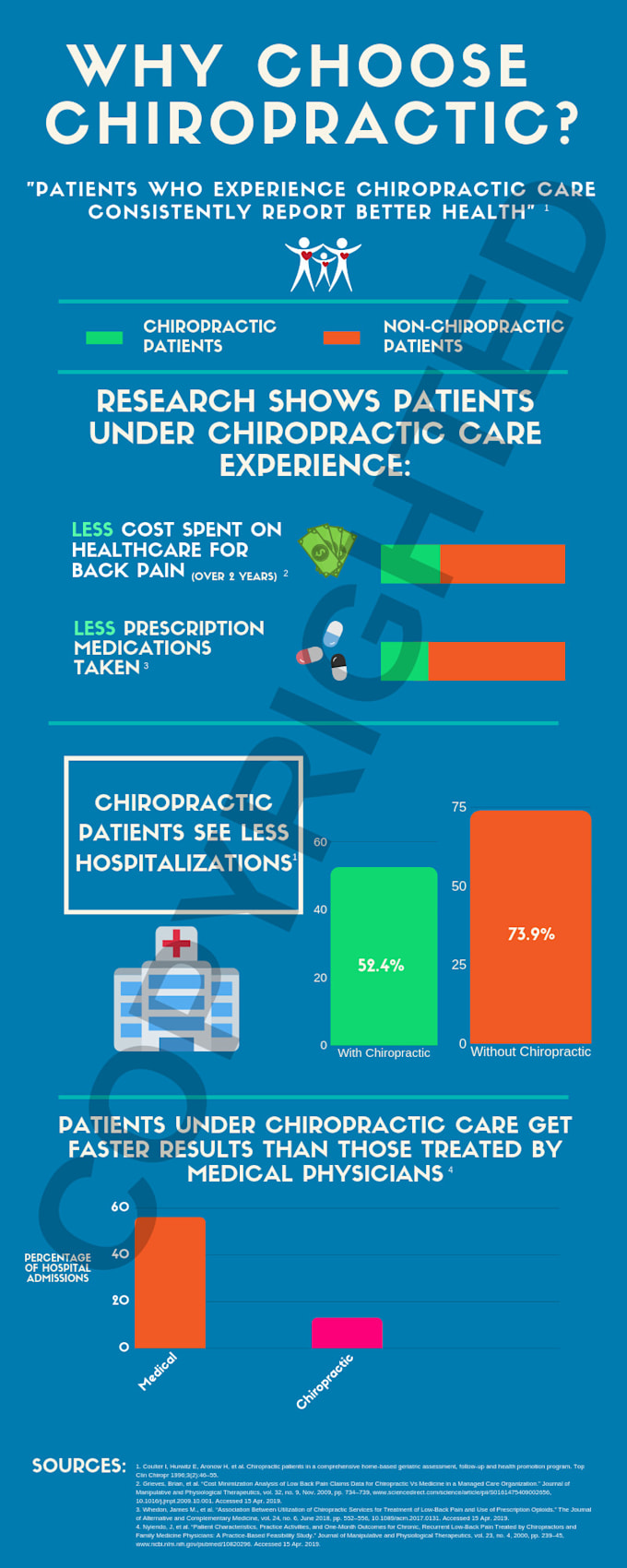Prepare Yourself To Discover The Fascinating Cellular Interactions Of Cold Laser Treatment And Its Use Of Light For The Purpose Of Recovery. Dive Further Into The World Of Science!
Prepare Yourself To Discover The Fascinating Cellular Interactions Of Cold Laser Treatment And Its Use Of Light For The Purpose Of Recovery. Dive Further Into The World Of Science!
Blog Article
Staff Writer-Bendix Hanna
You may have come across cold laser treatment as an appealing treatment option for numerous conditions, however have you ever asked yourself just how it really services a cellular degree? Recognizing the mechanisms behind this treatment can clarify its performance in promoting healing and reducing inflammation. By checking out the scientific research behind cold laser therapy, you'll acquire insights into the fascinating ways in which light can influence mobile procedures and promote tissue fixing.
How Cold Laser Treatment Functions
To recognize just how cold laser treatment functions, you need to realize the essential concepts of just how light energy connects with biological cells. Cold laser therapy, additionally known as low-level laser treatment (LLLT), makes use of certain wavelengths of light to permeate the skin and target hidden tissues. Unlike the extreme lasers utilized in surgical procedures, cold lasers release reduced levels of light that do not create heat or cause damage to the cells.
When these gentle light waves get to the cells, they're soaked up by parts called chromophores, such as cytochrome c oxidase in mitochondria. This absorption sets off a collection of biological feedbacks, including enhanced cellular power manufacturing and the release of nitric oxide, which boosts blood circulation and minimizes swelling.
Additionally, the light energy can also stimulate the manufacturing of adenosine triphosphate (ATP), the energy currency of cells, helping in cellular fixing and regeneration processes.
Essentially, cold laser treatment utilizes the power of light power to promote healing and relieve pain in a non-invasive and gentle fashion.
Mechanisms of Action
Exactly how does cold laser therapy really function to generate its therapeutic impacts on organic tissues?
Cold laser therapy, also called low-level laser therapy (LLLT), operates through a procedure called photobiomodulation. When the cold laser is applied to the skin, the light power passes through the cells and is taken in by chromophores within the cells.
southside cold laser therapy , such as cytochrome c oxidase in the mitochondria, are then stimulated by the light power, bring about a cascade of organic responses. stop smoking with laser treatment of activity is the enhancement of mobile metabolism.
The absorbed light energy raises ATP manufacturing in the mitochondria, which is critical for mobile feature and fixing. Furthermore, cold laser therapy helps to minimize inflammation by hindering inflammatory conciliators and advertising the release of anti-inflammatory cytokines.
This anti-inflammatory effect contributes to pain alleviation and cells recovery.
Therapeutic Impacts
Comprehending the restorative effects of cold laser treatment entails identifying how the improved mobile metabolic process and anti-inflammatory properties add to its positive results on organic cells.
When how much does cold laser therapy cost is related to the affected area, it promotes the mitochondria within the cells, causing raised manufacturing of adenosine triphosphate (ATP), which is vital for mobile feature and repair service. https://danterhyoe.theisblog.com/28055718/use-the-transformative-abilities-of-light-making-use-of-cold-laser-treatment-to-check-out-the-future-of-pain-monitoring-and-rehab in cellular power increases the healing process by promoting cells regeneration and lowering swelling.
In addition, the anti-inflammatory homes of cold laser therapy aid to decrease discomfort and swelling in the targeted location. By preventing inflammatory mediators and advertising the release of anti-inflammatory cytokines, cold laser therapy help in minimizing pain and boosting the general healing action.
This decrease in swelling not only provides instant alleviation however also supports long-lasting tissue repair service.
Conclusion
Finally, cold laser treatment works by stimulating mobile repair service and tissue regrowth with photobiomodulation. Its anti-inflammatory residential or commercial properties provide pain relief and lower swelling by hindering inflammatory arbitrators.
This therapy offers a thorough approach to healing, supplying both prompt alleviation and lasting cells repair benefits.
With its devices of activity, cold laser therapy proves to be an effective and appealing therapy option for a selection of problems.
